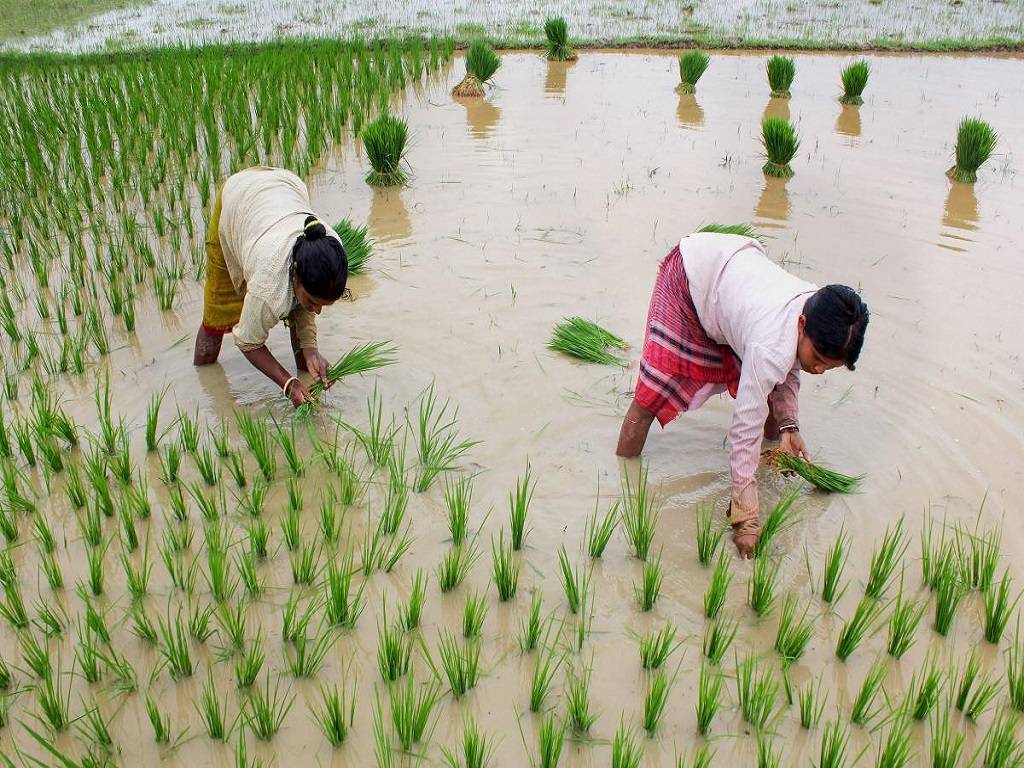
Widespread monsoon rains throughout the country's western, southern, central, and eastern regions over the previous week have increased cumulative rainfall to 7% over the benchmark, which is regarded as being "above normal" levels.
India has currently received 32 percent more rainfall than normal since the start of July. While June's total precipitation was 8% below the benchmark.
The total rainfall from June 1 to July 11 was 274 mm, which is 7% greater than the average benchmark of 257 mm for the same time period, according to the Indian Meteorological Department (IMD).
Central India and the South Peninsula have received 10% and 27% more rainfall respectively than the normal range so far. Northwest India, the east, and the north-eastern areas have seen rainfall deficits of 6% and 3%, respectively.
Cumulative Rainfall between 96% and 104% of the standard is considered the usual range, whereas rainfall between 104%and 110 % of the benchmark is regarded as "above normal" levels.
This is anticipated to significantly increase the seeding of Kharif crops, including cotton, sugarcane, pulses, and oilseeds, which had been running around 9 % behind schedule up until this past week.
An official from the agricultural ministry stated that Kharif sowing operations will likely go through the end of July. Since paddy fields need a certain amount of rainfall before transplanting operations can start, rice sowing progress has lagged behind by more than 22% compared to the previous year up until last week.
In addition to delivering sufficient moisture for the rabi crops, the appropriate and evenly distributed rainfall throughout the monsoon months (June-September) helps in increasing Kharif crop yield.
IMD issued a forecast for heavy rains on July 14 for Gujarat, the Konkan, and north Madhya Maharashtra on Monday.
According to the IMD department, the states that experienced heavy rainfall included Himachal Pradesh, Madhya Pradesh, Gujarat region, Rajasthan, Madhya Pradesh, Madhya Maharashtra, Saurashtra, Kutch, Konkan, Goa, Vidarbha, Telangana, coastal Andhra Pradesh, Odisha, Chhattisgarh, coastal and south interior Karnataka, Tamil Nadu, and Kerala
On May 31, the IMD predicted that this year's monsoon rains will exceed its April prediction, coming in at 103 % of the benchmark long-period average (LPA), with an 81 % likelihood that the amount of precipitation would be "normal" or above. According to the IMD's estimate for June, normal rainfall will fall between 90 -108 % of LPA.
According to the IMD's estimate for June, normal rainfall will fall between 92-108 percent of LPA. However, June's actual rainfall was 8% below LPA.
However, according to the Met Department, total rainfall in July 2022 is anticipated to be between 94-106 % of LPA, which is in the normal range.
According to the third advance estimate of food grain output, the government set a record production goal of 328 million tonnes (MT) of food grains for the crop year 2022–2023 (July–June), up from 314 MT in production in 2021–2022.
















